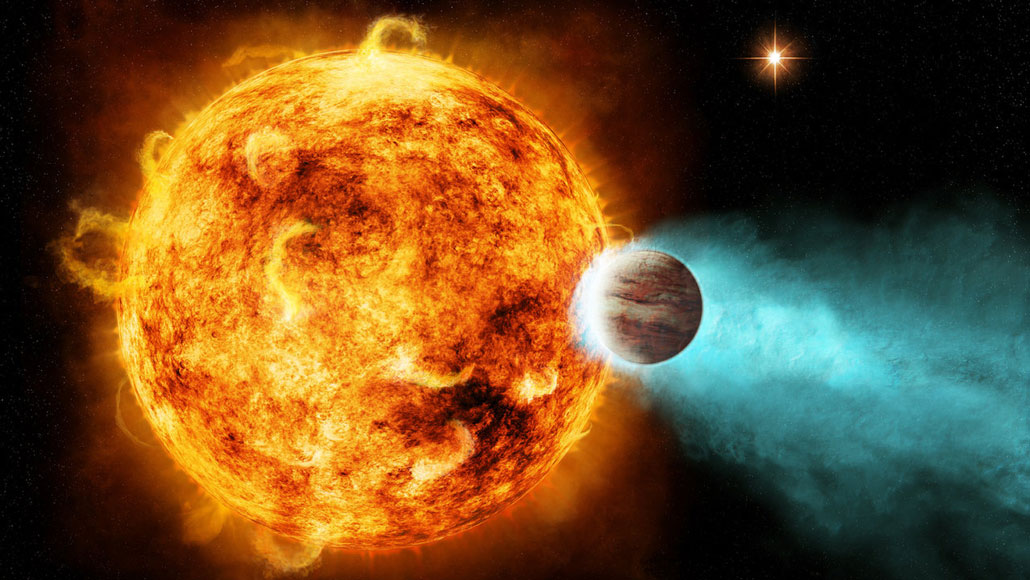TESS has found the first-ever ‘ultrahot Neptune’
The exoplanet may be shifting from a hot Jupiter to a scorched Earth

LOSING MY ATMOSPHERE Astronomers think “hot Jupiter” exoplanets could lose their atmospheres as they draw close to their stars (as shown in this illustration), leaving scorched rocky worlds. The TESS telescope may have caught this transition in the act.
JPL-Caltech/Ames/NASA







